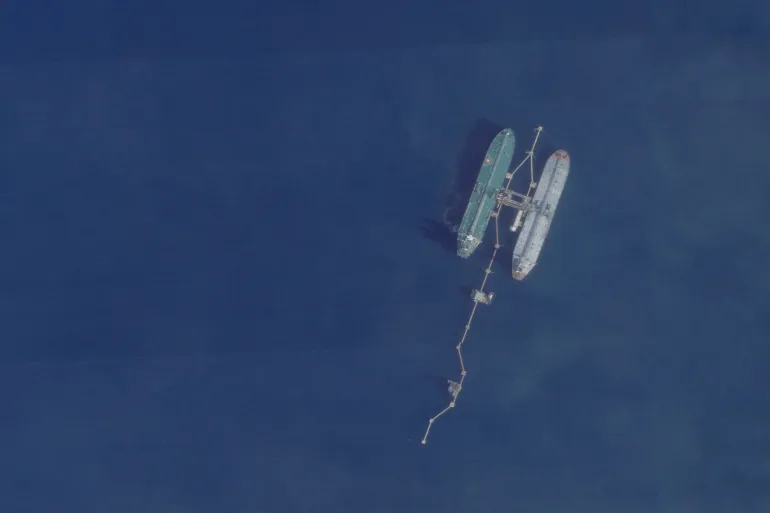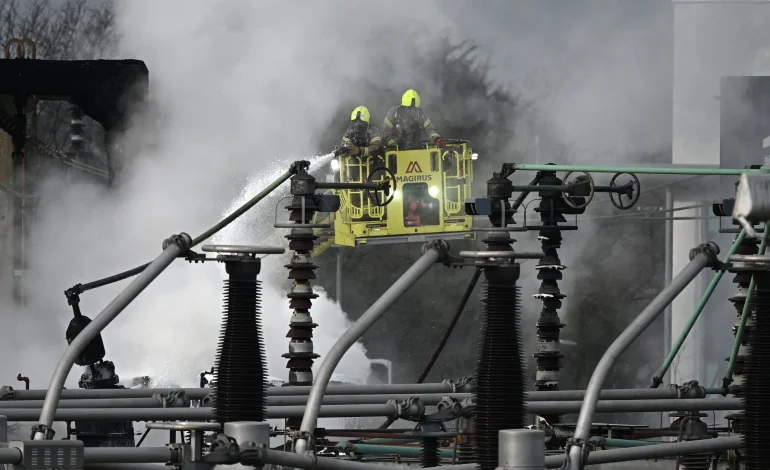Last week’s fire at an electrical substation near Heathrow Airport caused widespread disruption, plunging terminals into darkness and leading to nearly 18 hours of global travel delays, the New York Times reports.
Meanwhile, just half a mile away, a state-of-the-art data center faced the same power loss—but its operations continued uninterrupted, thanks to an advanced backup system.
This stark contrast underscores a key challenge for modern infrastructure: the cost of resilience. While airports like Heathrow rely on partial backup systems, data centers invest heavily in power redundancy to prevent service disruptions. Experts say the difference comes down to priorities and financial decisions.
Heathrow, one of the world’s busiest airports, has backup power for critical functions such as runway lights and air traffic control. However, it lacks the capacity to fully power terminals, which include baggage handling, check-in counters, moving walkways, and shops.
Engineering experts estimate that installing a comprehensive backup system capable of supplying Heathrow’s 40 megawatts of peak power could cost up to $100 million and take years to implement.
Simon Gallagher, managing director at UK Networks Services, explains the decision:
“It comes down to a cost-benefit analysis. At the minute, there seems to be an assumption that it would cost too much.”
Unlike new airports built with modern electrical redundancy, Heathrow’s decades-old infrastructure consists of a patchwork of old and new systems, making retrofitting even more expensive.
In contrast, Ark Data Centres’ Union Park facility, located near Heathrow, was also affected by the power outage—but its customers never noticed.
The data center’s advanced backup system included:
Instant battery switchover to maintain operations.
High-powered generators that automatically kicked in after the batteries took over.
Automated response systems that require no manual intervention.
Huw Owen, CEO of Ark Data Centres, emphasized that redundancy is a built-in priority for data centers:
“It’s a well-rehearsed, well-known process. Keeping everything powered is absolutely front and center of our world.”
Even though major power failures are rare, Ark Data Centres invested in a 99.9996% reliable power system, ensuring minimal risk of downtime.
Following the disruption, Prime Minister Keir Starmer stated that he does not want to see Heathrow experience such a failure again. Heathrow’s management has now pledged to review its power infrastructure to assess whether additional resilience measures are needed.
Some global airports—such as Dubai International and Schiphol in Amsterdam—have already invested in full-scale backup power. However, at Heathrow, the challenge remains who will pay for such an upgrade.
Historically, infrastructure investments at airports have been passed on to airlines and consumers through higher ticket prices. With high energy costs already straining budgets, the decision to invest in expensive backup systems remains a complex financial and operational question.
As Huw Owen puts it:
“It’s a lot easier to build resilience from Day 1 than to retrofit it later.”










The latest news in your social feeds
Subscribe to our social media platforms to stay tuned